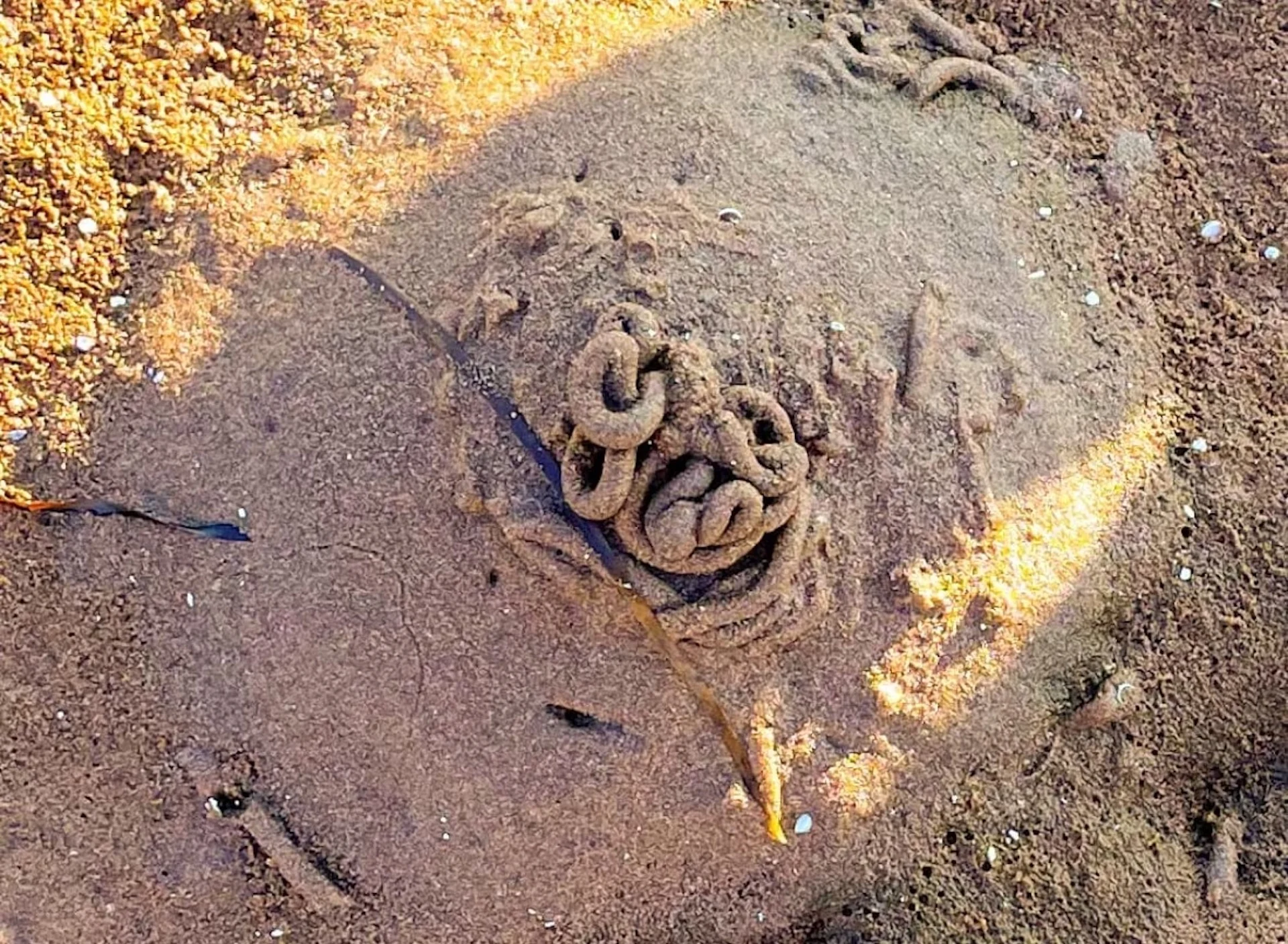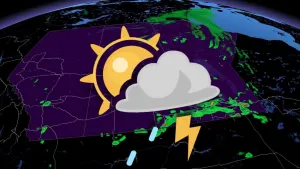
'Boring,' 'damn ugly,' 'pretty gross': Words that describe the lugworm
If you've been beach-walking along with us this summer as CBC P.E.I. explores critters that often wash up on Island shores, you may have learned a bit about the fascinating hidden lives of seemingly uninteresting invertebrates.
Lugworms are less fascinating — indeed, just kind of gross.
Take it from the expert.
"I would say that they're pretty damn ugly," said Jeff Clements, an aquatic biologist with Fisheries and Oceans Canada.
Well, okay. But let's tell you what are they, anyway.
SEE ALSO: Jumping worms are invading gardens across Toronto. Here's what you should know
What's a lugworm?
Lugworms are a type of sea worm also known as a sand worm. The ones wiggling and wriggling under Island beaches are northern lugworms.

(Getty Images-942628630)
"If you're looking at this worm, the head or thorax end of the worm is pretty much as thick as the middle end, where the tail is a little bit thinner," Clements said.
"The head is usually dark red in colour. You may see a bulb-like structure coming out at the end of it that might expand and contract. This is what we call a proboscis, and that's what the worm uses to dig and eat."
Around the sides of the abdomen, the worms have a "bunch of little feathery tufts," Clements said. These are the external gills the worm uses to breathe under water.
The tail is "much more boring," Clements said.
In the U.K., they have not just one, but two types of lugworm. Anglers use them as bait. Clements said they're apparently good for catching cod.
"They're not toxic or anything. From my perspective, I'm sure they'd be pretty gross," he said. "But fish like to eat them."
Where do lugworms live?
You can usually find them on sand flats and mud flats during low tide, writhing like the worms they are.
At least that's what CBC News pictures them doing. You can't really see them for the most part, since they're beneath the sand, though there's evidence they're there. (More on that later.)

Jeff Clements is an aquatic biologist with Fisheries and Oceans Canada. He's based in Moncton, N.B. (Submitted by Jeff Clements)
What are they doing down there?
Lugworms eat microorganisms living in the sediment, plus some stuff that biologists call "detritus," Clements said.
The Oxford Canadian Dictionary defines "detritus" as "1. matter produced by erosion, such as gravel, silt, etc. 2. debris of any kind." That's what's also known as "dirt."
Clements is more explicit.
"It's mostly poop particles and the fragments of dead body parts from other organisms," he said.
Gross. Is there anything interesting about them?
Lugworms spawn at low tide, when the sediment is exposed, Clements said. The females lay eggs on their burrows and males will deposit their sperm at the edge of it.
"[It's] something that we call a 'sperm puddle,'" quoth the marine biologist.
"At low tide, the sperm in this puddle are inactive. But then when the sea water and the tide comes in, the salt water will wash the sperm into the female's burrow and triggers the sperm to become active and start swimming."
When the eggs eventually hatch, Clements said the larvae move to the surface to be carried out by the water to a new area, where they'll start a new life and create their own burrow.
He said it's kind of like "birds leaving the nest, in a way."
Is there anything interesting about them that's less gross?
Lugworms live in burrows that are J- or U-shaped.
While they're looking for food, they're drawing in water and sediment. That undigestible sediment must eventually come out on the other end, which is why you can sometimes see mounds of it on P.E.I. beaches.
"This is what forms that poop-looking pile that most see on the the mud flats — and there can be hundreds of thousands of these fecal casts within view if you're walking on a mud flat," Clements said.
So if the mounds have ever looked like poop to you, now you know. They are.
Is there anything interesting about them that's not gross at all?
"Aside from their cool reproductive biology and the creation of these, these poop mounds, there's nothing that's super-cool about our lugworms here in this region, from my perspective," Clements said.
Told you.
Thumbnail courtesy of Umber Hamilton via CBC.
The story was originally written by Arturo Chang and published for CBC News. It contains files from With files from Island Morning.









